![]()
![]()
![]()
Use LEFT and RIGHT arrow keys to navigate between flashcards;
Use UP and DOWN arrow keys to flip the card;
H to show hint;
A reads text to speech;
7 Cards in this Set
- Front
- Back
|
Demography |
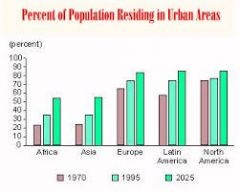
The study of the characteristics of populations especially human populations. |
|
|
Age Structure |

The classification of members of a population into groups according to age or the distribution of members of a population in terms of age groups. |
|
|
Survivorship |
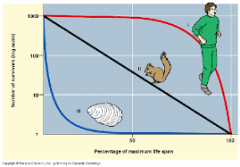
The percentage of newborn individuals in a population that can be expected to survive to a given age. |
|
|
Fertility Rate |
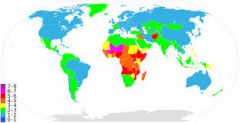
The number of births per 1,000 women of childbearing age (usually 15 to 44). |
|
|
Migration |
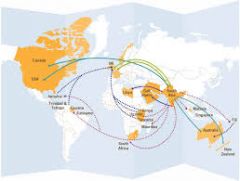
In general, any movement of individuals or populations from one location to another. |
|
|
Life Expectancy |
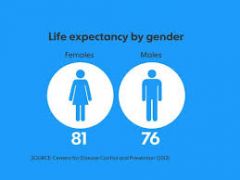
The average length of time that an individual is expected to live. |
|
|
Demographic Transition |

A model that describes how economic and social changes affect population growth rates. |

